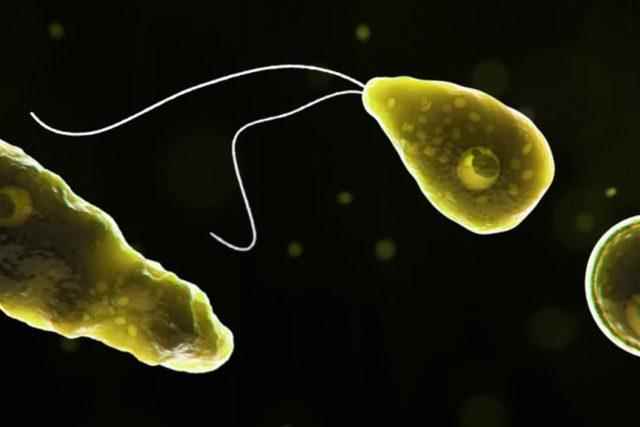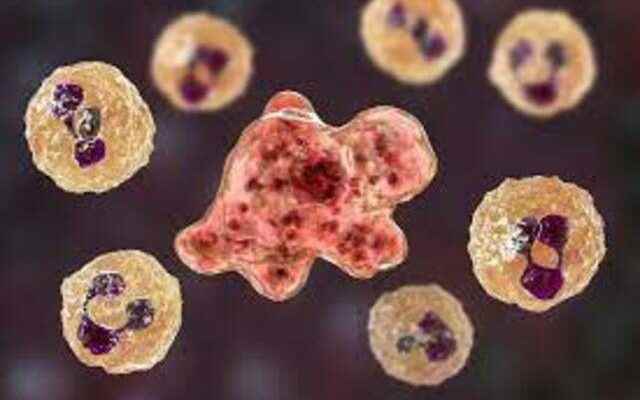In South Korea, it was announced that the first case of infection with a brain-eating amoeba from the Negleria fowleri species was detected and the first death occurred. After this news came to the agenda, what is a brain-eating amoeba, what are its symptoms? How is the brain-eating amoeba transmitted, why does it kill? The answers to such questions began to be wondered. Here are all the details on the subject…
WHAT IS A BRAIN EATING AMOE?
In Naegleria fowleri disease, the single-celled amoeba infects the brain, and cases are often fatal. Single-celled Naegleria fowleri, which is mostly found in fresh waters such as lakes and rivers, is transmitted only through the nose and is not passed from person to person.
Amoebae entering the olfactory canal pass through the nasal mucosa and settle in the cerebrospinal fluid and brain via the olfactory nerve. They cause meningitis, which is a sudden fatal disease called Primary Amoebic Meningoencephalitis (PAM).
WHAT ARE THE SYMPTOMS OF BRAIN-Eating Amoeba?
Symptoms of brain-eating amoeba include: rhinitis, high fever, nausea, headache and eye pain. Death occurs in a short time with confusion and coma.
HOW IS THE BRAIN EATING AMOBE TRANSMITTED?
Brain-eating amoeba is not a disease that can be transmitted from person to person. Brain-eating amoeba is transmitted by polluted water entering your nose. Very rarely, contamination can occur by immersing the head in insufficiently chlorinated swimming pools or by cleaning the nose with tap water contaminated with amoeba.

WHY DOES A BRAIN EATING AMOBE KILL?
The amoeba in question can travel to the brain through the nose and cause a deadly infection. However, with a total of 154 cases of PAM reported in the US since 1962, this infection remains relatively rare.
The amoeba has to move from the nose to the brain to cause a deadly infection.
